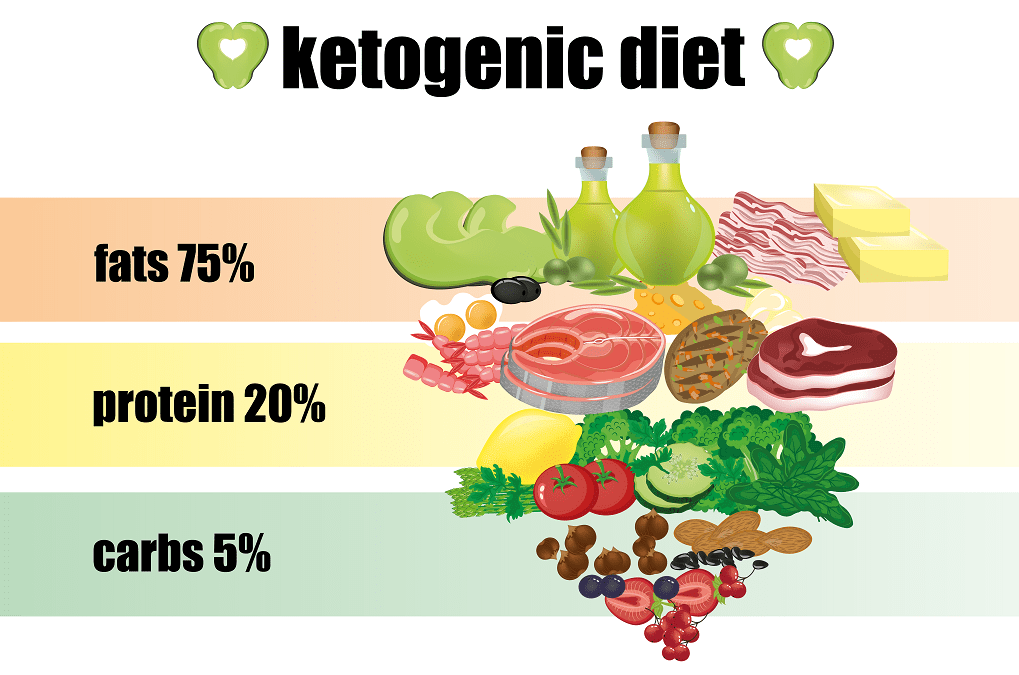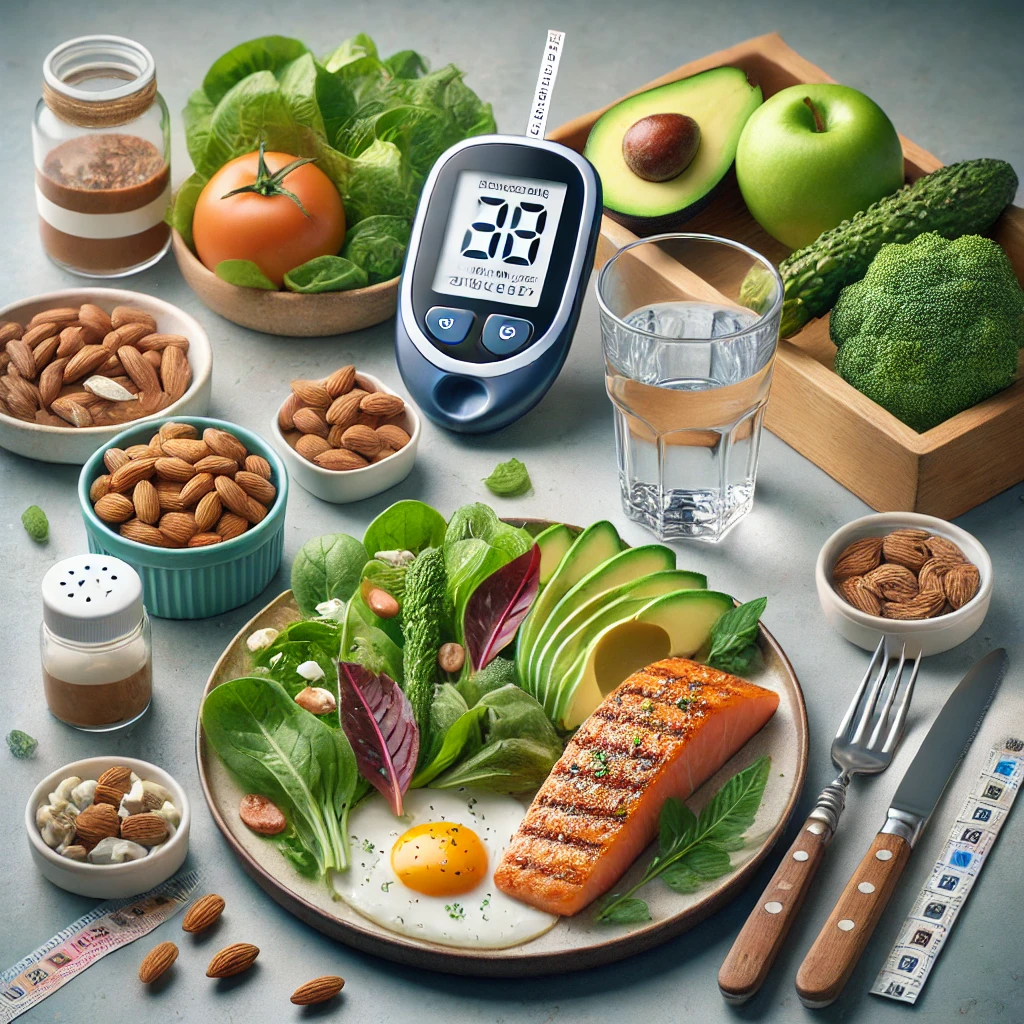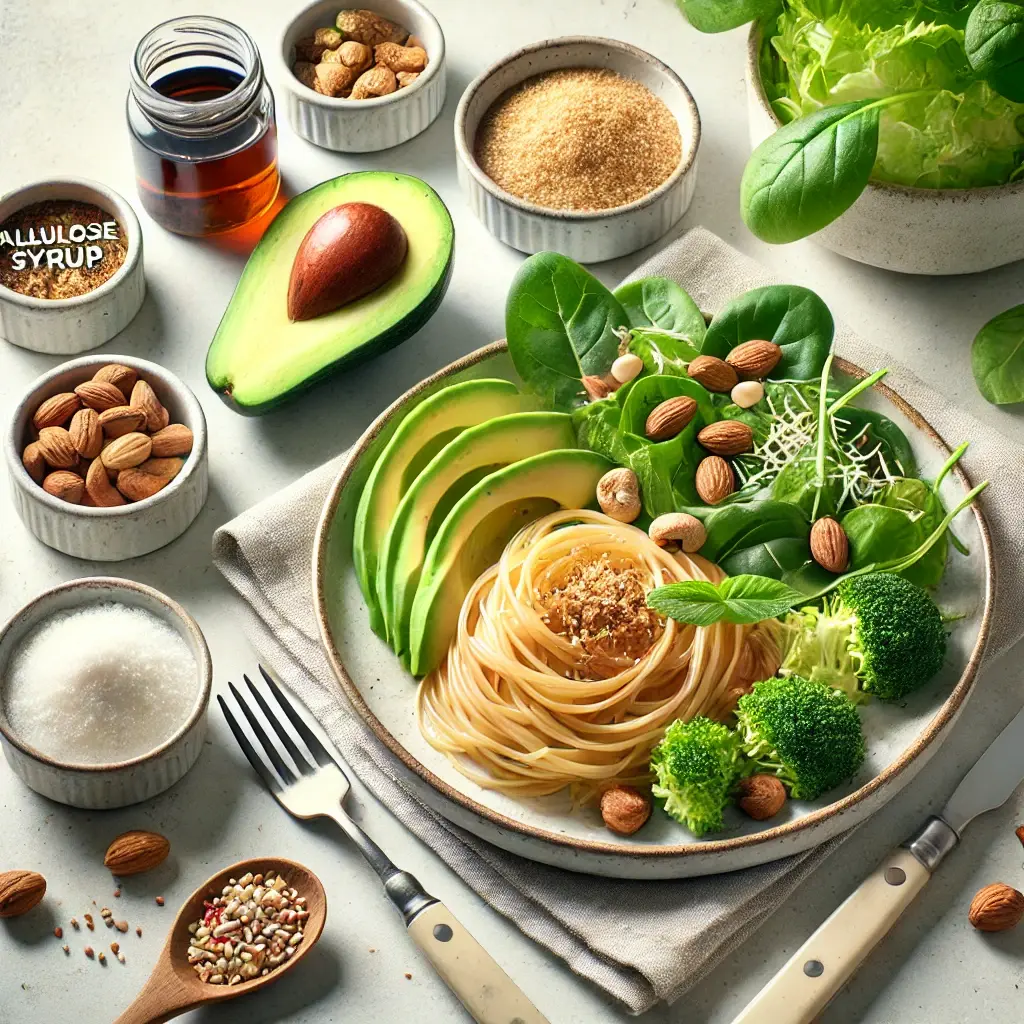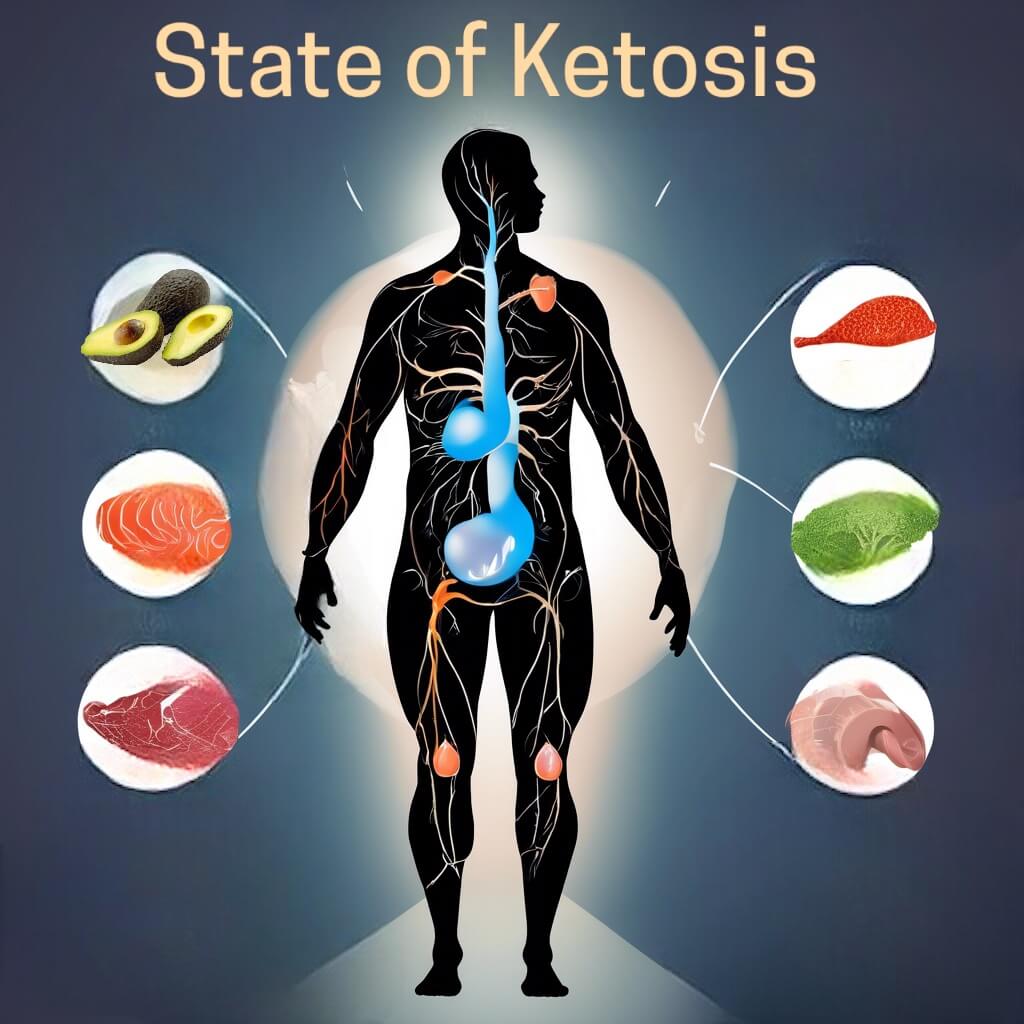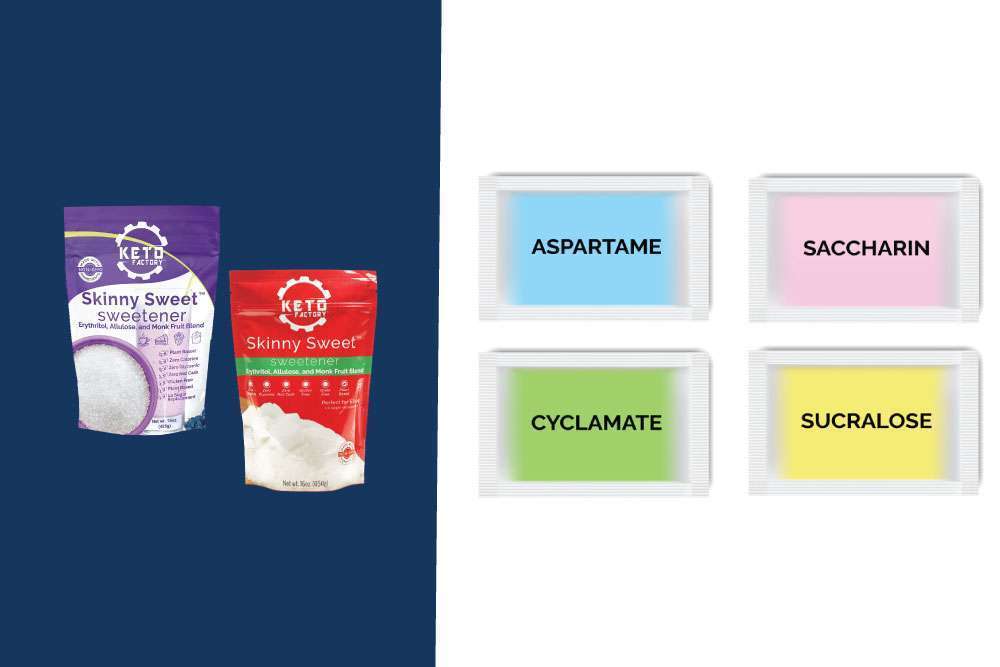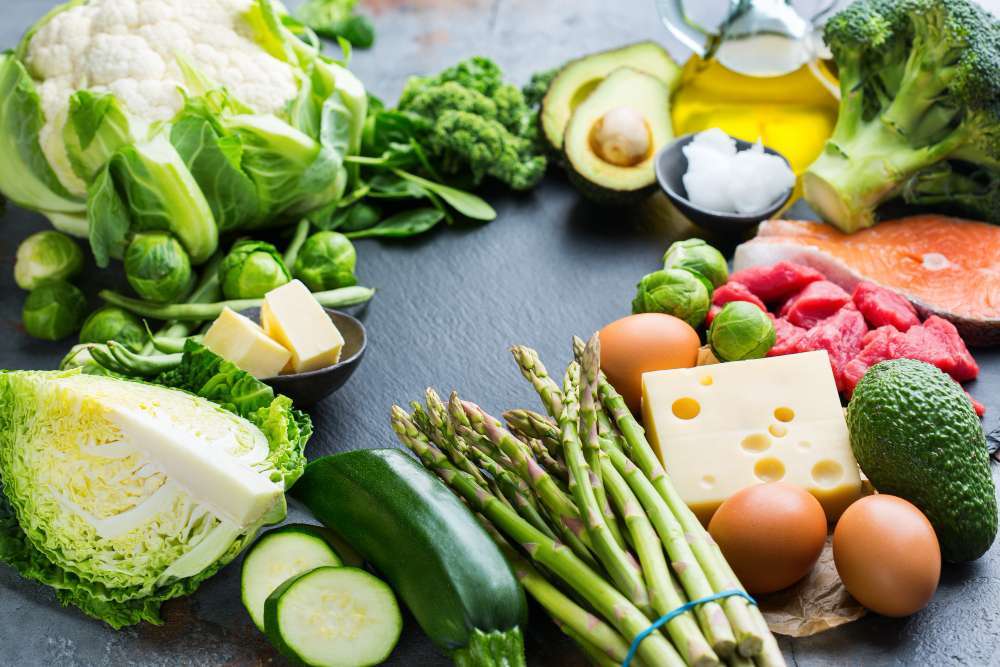Understanding the Glycemic Index to Improve Your Diet
Eating healthily is essential for a healthy weight. The glycemic index (GI) helps you choose the best foods to keep your blood sugar steady! It’s simple – on this scale of 0-100, with pure glucose as 100, the lower GI score means slower rises in your blood sugar after eating it. Let’s explore how understanding and using GI can lead to healthier choices & better diets!
What is the Glycemic Index- GI?
The glycemic index measures how quickly carbohydrates raise blood sugar levels after eating them. Foods that have a low glycemic index are typically higher in fat and protein content, and lower in carbohydrate content. Low GI foods break down slowly during digestion, resulting in small fluctuations in blood sugar and insulin levels over time. High GI foods have more carbs and break down quickly during digestion, resulting in rapid increases in both blood sugar and insulin levels shortly after eating them.
Foods on the Low GI List
Low GI foods are generally considered healthier than their high GI counterparts because they are richer in fiber, vitamins, minerals, antioxidants, and other nutrients that help reduce inflammation and support overall health. Some common low GI foods include eggs, nuts such as almonds or walnuts, avocados, leafy greens such as spinach or kale, non-starchy vegetables like broccoli or cauliflower; dairy products such as heavy cream; proteins like meat, chicken, fish; healthy oils like extra virgin olive oil, coconut oil; dark chocolate; berries such as blueberries or raspberries; and teas such as green tea.
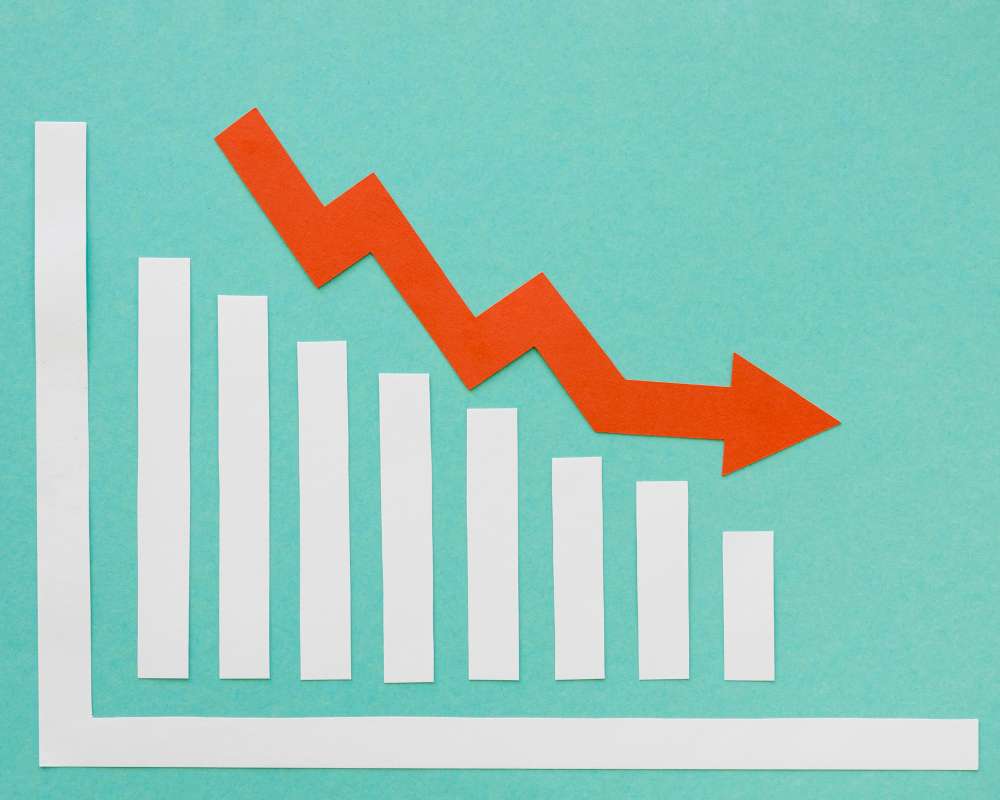
Foods on the High GI List
High GI foods should be limited because they can cause spikes in blood sugar that may lead to diabetes if consumed too often over time. Examples of high GI foods include white breads or pastas made from refined grains (such as white flour); processed breakfast cereals made from refined grains; white rice; starchy vegetables like potatoes or sweet potatoes; cookies/cakes/pastries made from refined flours; sugary drinks such as soda or juice; candy bars/candy/ice cream/jams/syrups made with added sugars; dried fruits with added sugars (like raisins); fried potato chips/French fries/hash browns made with refined oils like canola oil or vegetable oil (such as sunflower oil).

Conclusion:
By understanding the glycemic index you can make better informed decisions about what to put on your plate and what to avoid. You should focus on consuming low glycemic index foods whenever possible since these will help keep your blood sugar stable over time which can reduce cravings for unhealthy snacks between meals. As always it’s important to remember that everything should be consumed in moderation so don’t forget to enjoy some Keto Factory (low GI) treats every now then! With this knowledge you will be able to create balanced meals for yourself that will provide long lasting energy without causing major spikes in blood sugar throughout the day! Good luck!

